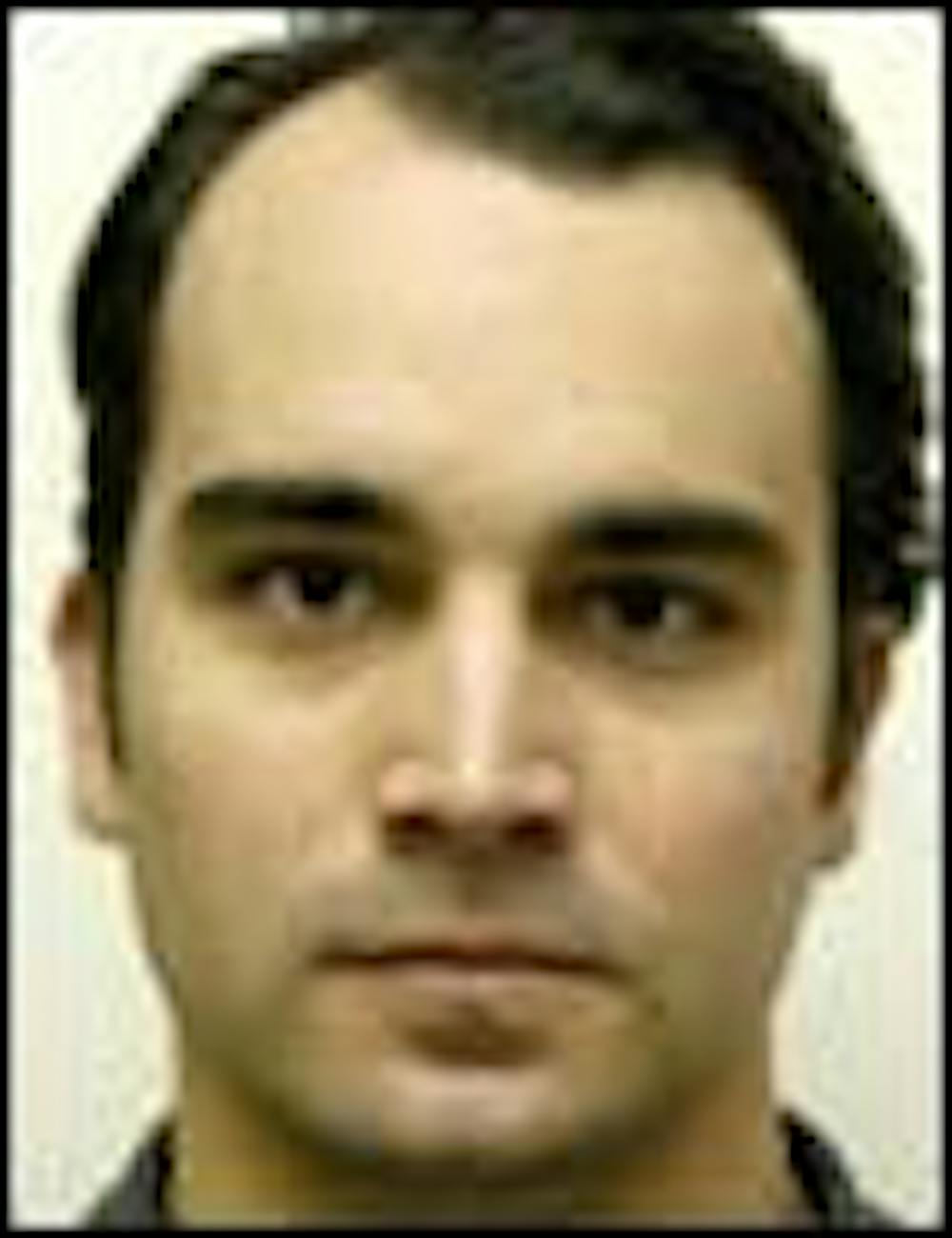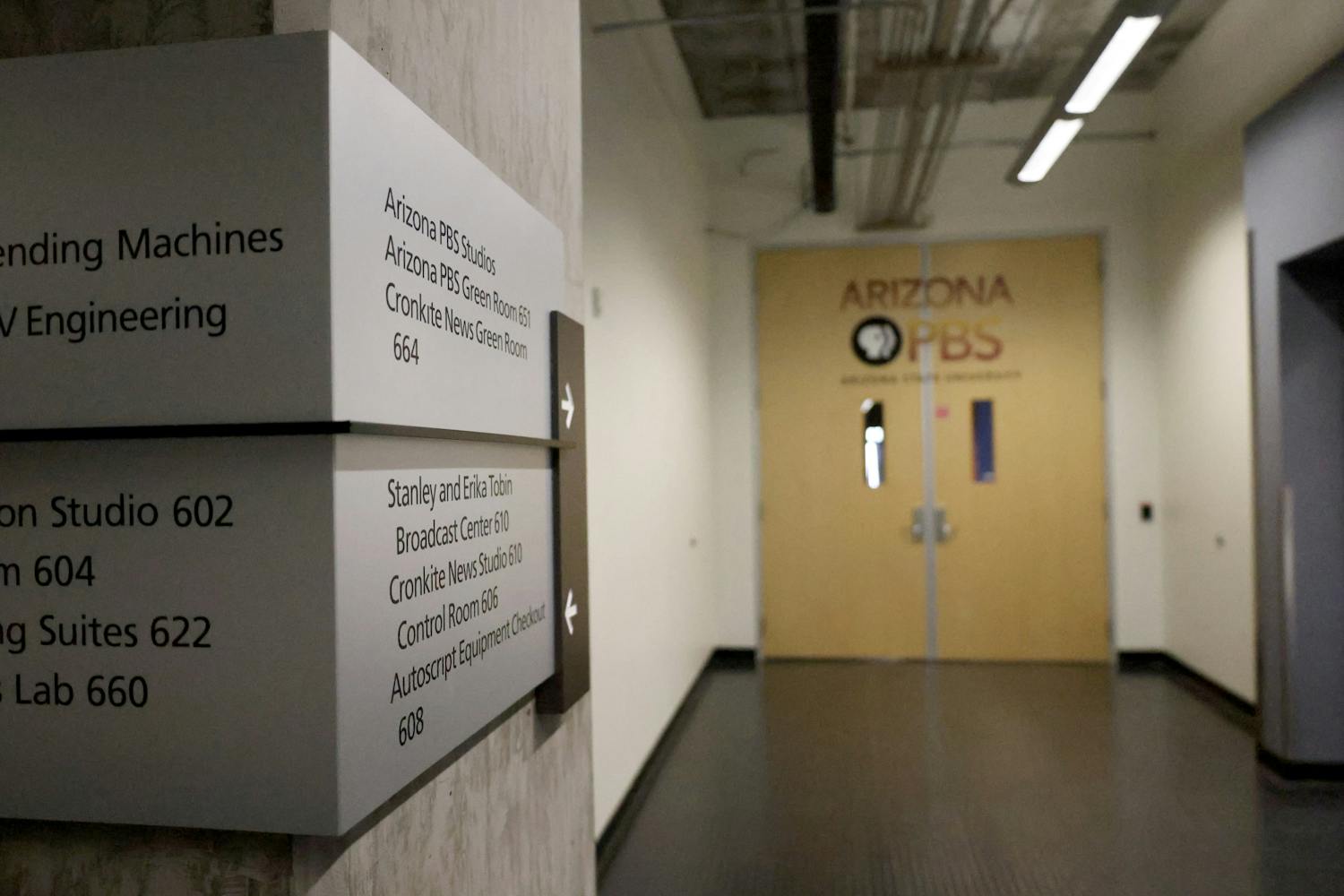A few years ago I was offered the opportunity to see a friend for the last time. He was killed in an accident, and so I declined. I didn't want to corrupt memories with a vision so graphic and violently distorted.
That memory returned to me when debate regarding the Pentagon's policy that forbids flag-draped caskets being returned to the United States from being photographed began last week.
On Sunday, The Seattle Times published such a picture, taken by a civilian contractor, on its front page. The Pentagon's policy has been in place since 1991, and the contractor lost her job.
Still, the debate rages on senselessly and without any consideration of who it affects most: the families and friends of those killed serving their country.
We rattle on about the role of the media and how images of wounded and dead Americans helped end the Vietnam War -- the "I am not a crook," Nixon-led conflict that the media has all but officially declared immoral.
With this lingering suspicion, the Pentagon's policy designed to prevent additional grief for victims' families must obviously be the government's sneaky little way of disguising its lust for war.
In all honesty, this is only half the story. The media has been clamoring for more great war coverage since "Desert Storm: the Sequel" started. Additional press restrictions since the first Gulf conflict even deprived us of all those amazing camera- strapped homing missiles closing in on a bridge or building. The image shortage has been so severe that journalists and broadcasters criticize or accuse each other of being accomplices in Big Brother's plan to whitewash war.
If the Pentagon had a heart, it might realize there are Pulitzers to win and a public to protect from a shady White House. When our White House-blaming fizzles out, we provide an explanation of a special kinship between media and soldiers. This is misleading.
Usually reporters don't take the risks our soldiers take every day, but we have our own objectives. We have deadlines and ratings to worry about, but we never make the clear distinction between legitimate reporting and merely obtaining gratuitous bloody images.
The press pretends it's all the same, and it clearly isn't. The Committee to Protect Journalists reports that about 350 journalists have been killed in the last decade for reporting and taking pictures in war zones or investigating corruption and crime stories. Of this number, only 55 have been killed in actual combat. Seventy-five percent of those killed had been hunted down and murdered in reprisal for their reporting.
By clamoring constantly for the right to photograph and display images of our fallen soldiers, no matter how tastefully done, we purposely ignore the privacy of those killed, their families and their friends and comrades.
We don't stroll into a stranger's funeral and take the seats at the front pew with a camera, but we do exactly this when we wish to photograph our war casualties, and I'm not sure why.
What do we really have to gain by seeing coffins and bodies that Steven Spielberg hasn't showed us in "Saving Private Ryan"? Is the experience of seeing a badly mutilated corpse or group of mourning soldiers necessary? Is it really our right?
The effects of bullets and shrapnel are easily imaginable. A more difficult task would be determining whether the majority of combat veterans and the families of those killed mind sharing images of their dead.
Christian Palmer is a journalism senior. He can be reached at christian.palmer@asu.edu.




